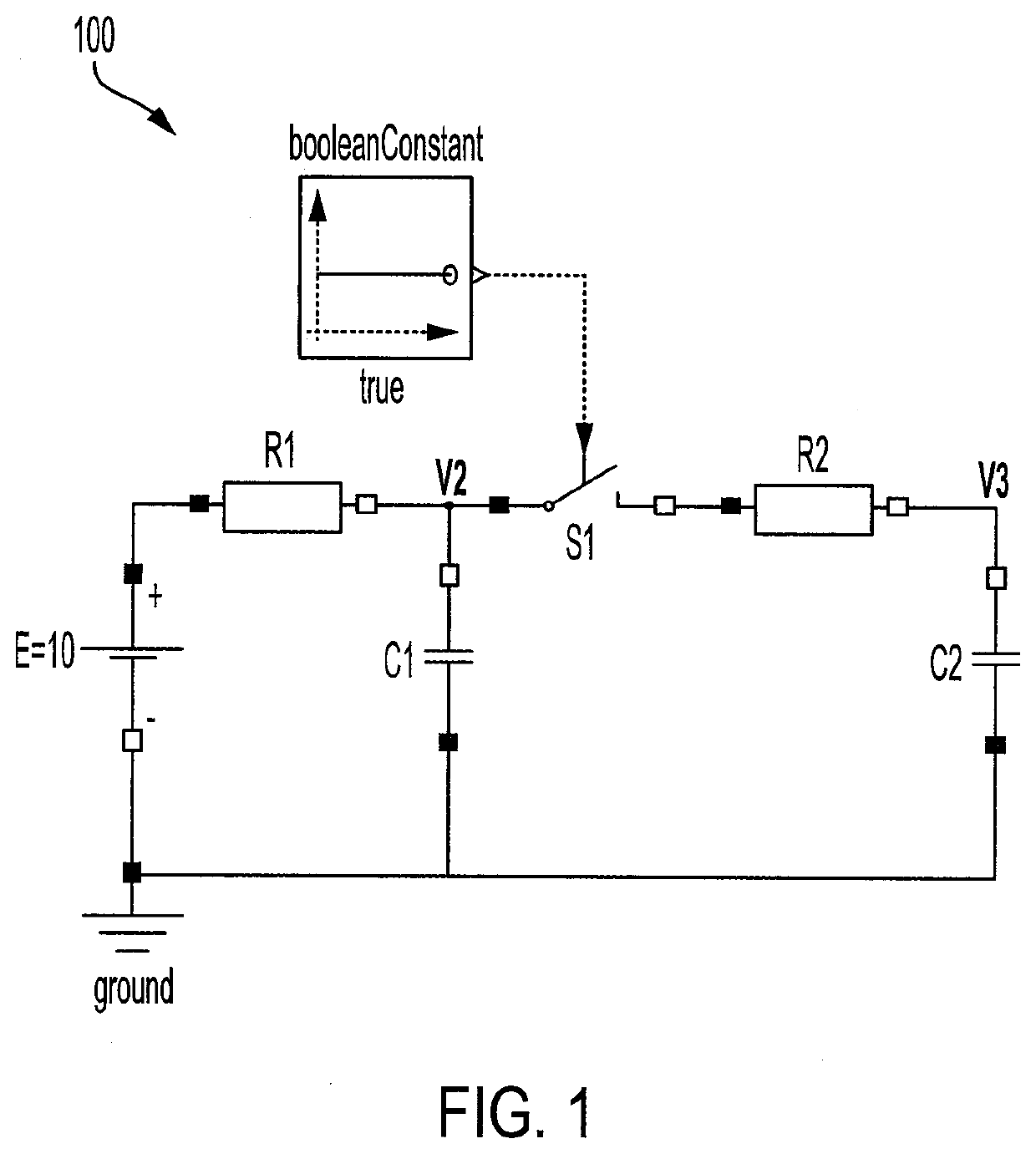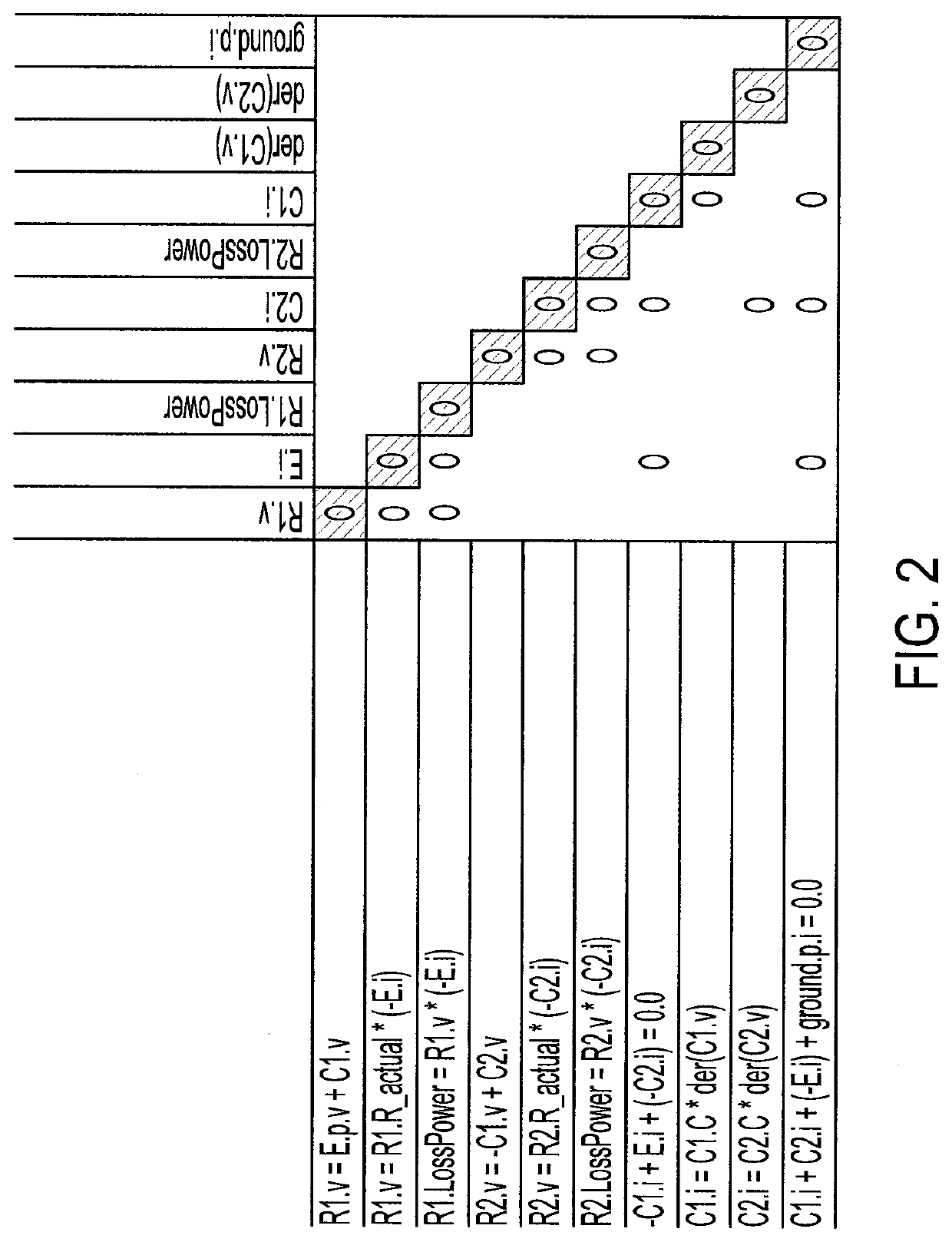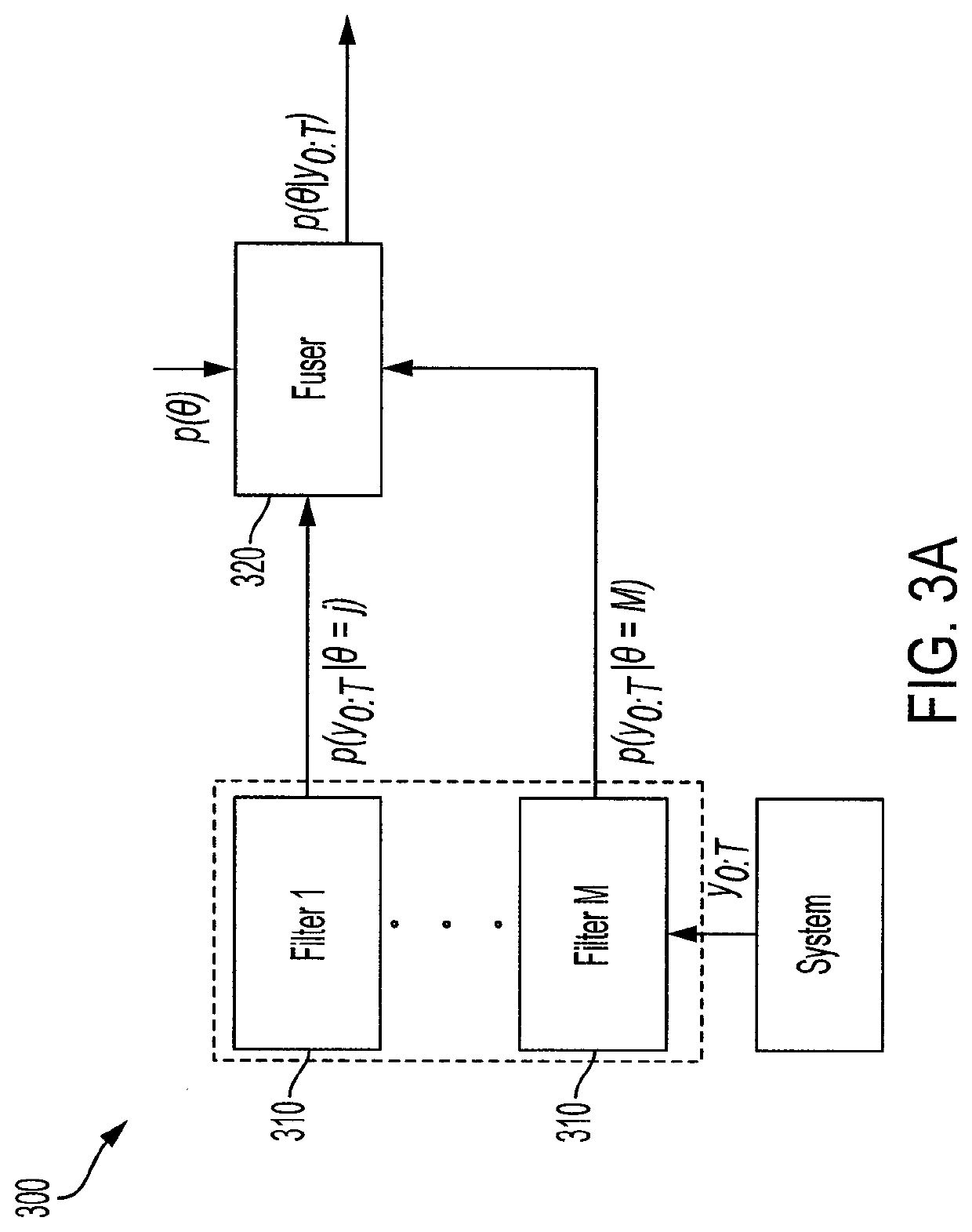Method for classification based diagnosis with partial system model information
a system model and classification technology, applied in the field of fault diagnosis, can solve the problems of system complexity but agnostic to the source of training data, scale with system complexity, and typically require more complex models, so as to simplify the classification complexity and reduce the number of parameters
- Summary
- Abstract
- Description
- Claims
- Application Information
AI Technical Summary
Benefits of technology
Problems solved by technology
Method used
Image
Examples
Embodiment Construction
[0023]Machine learning methods based on classifiers are more robust to system complexity, but they ignore the relations that exist in the data due to the physical laws governing the behavior of the system. The approaches described herein integrate (partial) knowledge about the physical system in the machine learning process. Some embodiments focus on classification-based diagnosis. This disclosure will describe how the partially known model is integrated in the classification algorithm, and how the new algorithm differs from a machine learning classifier based on neural networks. Also demonstrated is that by integrating the partial system knowledge, the cross-entropy optimization problem used for learning a classifier can be expressed as a set of regression problems in terms of the parameters of the model representing the unknown behavior, followed by a simpler classifier learning.
[0024]1. INTRODUCTION
[0025]Machine learning algorithms are a useful tool for system analytics applicati...
PUM
 Login to View More
Login to View More Abstract
Description
Claims
Application Information
 Login to View More
Login to View More - R&D
- Intellectual Property
- Life Sciences
- Materials
- Tech Scout
- Unparalleled Data Quality
- Higher Quality Content
- 60% Fewer Hallucinations
Browse by: Latest US Patents, China's latest patents, Technical Efficacy Thesaurus, Application Domain, Technology Topic, Popular Technical Reports.
© 2025 PatSnap. All rights reserved.Legal|Privacy policy|Modern Slavery Act Transparency Statement|Sitemap|About US| Contact US: help@patsnap.com



